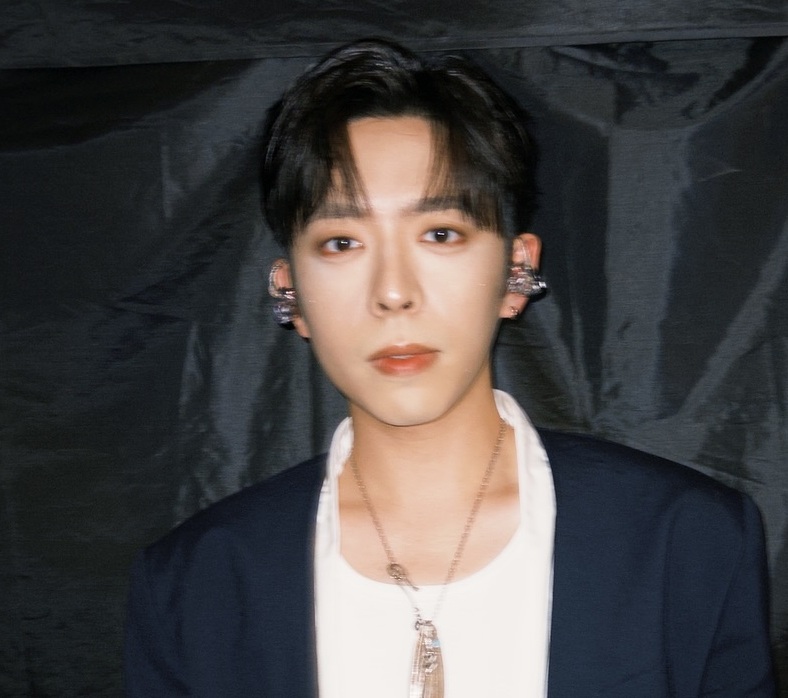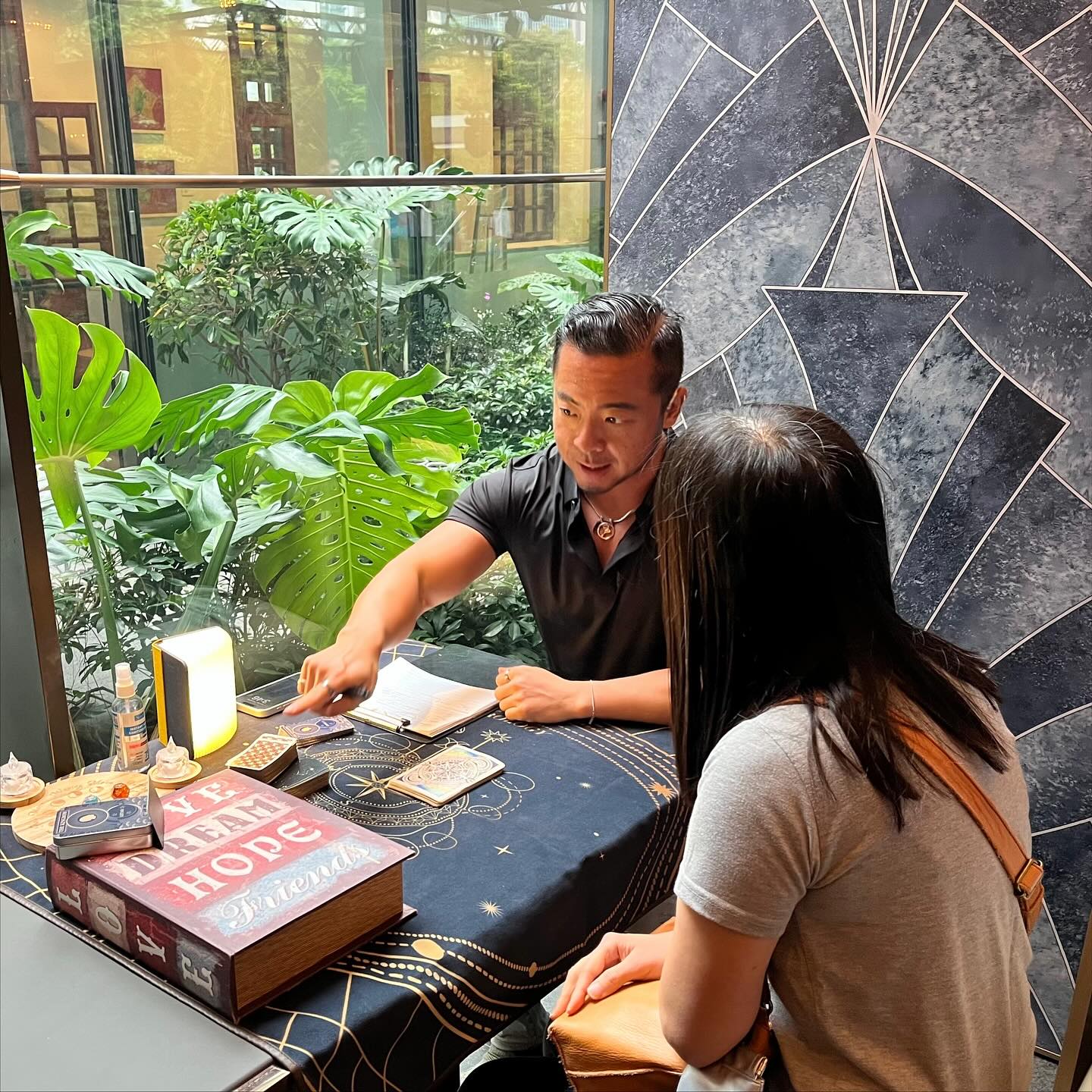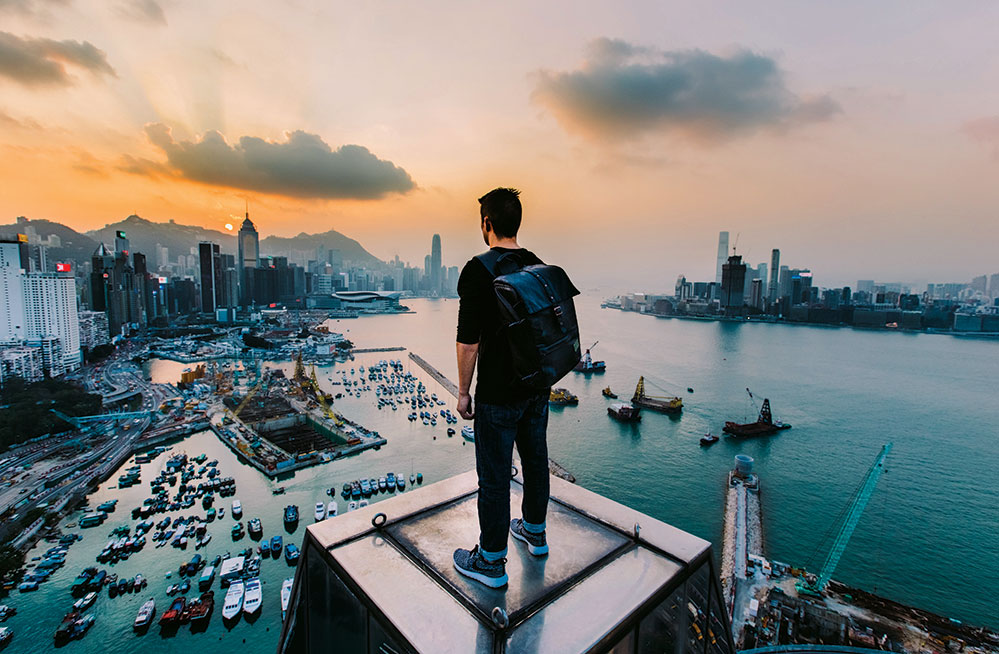
Finding an adrenaline rush in the neglected spaces all around us is one motivation for the city’s urban explorers; some are on a mission to chronicle a changing world through the lens of social media
Could this be the pinnacle of selfie culture? Is standing atop outsized buildings across Asia’s greatest capitals wearing Converse boots, a man-bag and not much else the height of human evolution? To the cynically minded, urban exploration – a phrase that encompasses climbing up and clambering through a city’s lost, forgotten or locked-up spaces – could clearly help form that most essential strand of evolution: accelerated natural selection through death by misadventure.
Speak to some of the crews involved in the pastime, art and social media-based conversation that is urban exploration, or urbex, and you might come to understand that its practitioners are motivated by something more than personal achievement.
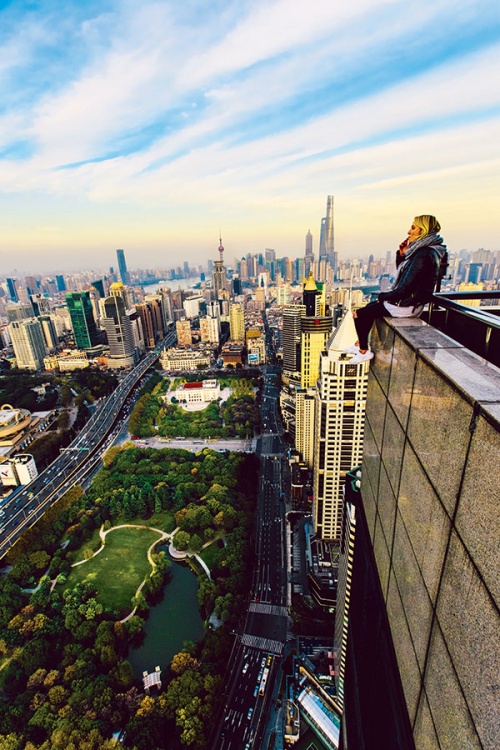
Many see their actions as helping to reclaim an urban environment that has been lost to all but a few – a punk-rock art-ivism for a generation weaned on Facebook. In the air up there, high over Asia’s great cities, the smog is less dense, the sun warmer on your skin and the stars seemingly within your grasp. It’s a risky sort of intoxication.
Los Angeles-based creative director Daniel Malikyar has been a frequent visitor to Hong Kong. He appreciates the city’s skyscrapers and rooftops for the near-artistic high scaling their heights can deliver. What motivates him and an increasing number of people into a recreation that is both dangerous and often illegal is a sense of discovery and desire for storytelling.
“It comes down to opinion and perspective on why people do what they do,” he says. “For me, I like to show people a side of their city they’ve never seen before through visual content pieces, whether it be photography or cinematography, that elicit emotion.
“I do like to experience the feeling of going somewhere I’ve never been or seen before. Knowing that I’m one of a handful of people who will ever experience that vantage point or that location makes it all worth it.”
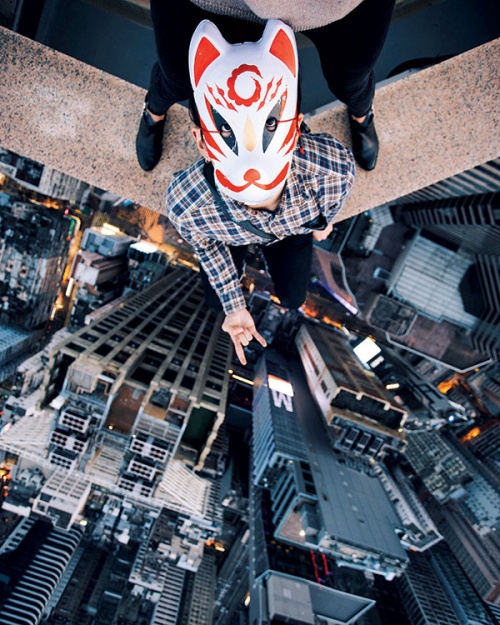
Urban exploration is a modern reboot of something humans have done for an age: explore. Historians will debate the origin of the pastime in the decades to come but the hobby exploded into the public consciousness when two Russians scaled the Shanghai Tower in 2014. On the video of their exploits, Vadim Makhorov and Vitaly Raskalov from ontheroofs.com joked around, seemingly oblivious to the threat to their health. Their japes at 632 metres have made the footage of the climb a YouTube favourite that has since clocked up more than 53 million views. Similar footage soon appeared featuring the duo climbing the 374-metre-high Central Plaza in Wan Chai. They scored sponsorship from Converse. Scores of copycats have followed in their wake.
Snapping selfies and videos as you hang from a building is clearly life threatening, and Malikyar admits adrenaline and youthful bravado fuels some urbex, but there is a well- defined etiquette that parallels the hobby. It seems those that are serious about urban exploring as an art, rather than just a smash and grab run to get a few likes, share a common courtesy for their surrounds and the cities they lurk in. “I live by the principle where I leave nothing but footprints and take nothing but photographs,” Malikyar says.
It’s the same adage to which HK Urbex adheres. “We are explorers, not thieves and vandals,” says Echo Delta, an HK Urbex co-founder. “Often trespassing is a necessity of what we do to bring these hidden places to light, but we also follow our own set of rules which are about respect.”
HK Urbex is one of the city’s leading urbex collectives. They go to great lengths to document their exploits but also choose to remain anonymous due to the fact that not all of what they do is legal. The team was founded in 2013 and currently has six active members – Ghost, Echo Delta, Pripyat, Toad, Dragon Xing and Jenkins. The crew is made up of photographers, filmmakers, journalists and writers. They use the HK Urbex banner as a platform to showcase their work.
Ghost co-founded HK Urbex. “We all have a different combination of skills in our crew,” Ghost says. “Some specialise in rock climbing and spelunking, while others focus on caving and mining. We sometimes team up with international urbex groups or others with a particular skill set that might suit the mission we are on, such as using aerial drones or scuba diving.”
While the flashiest urbex snaphots are taken up high, the HK Urbex crew have no fear of plumbing the depths. A few of their conquests to what they call “non-spaces”, include a derelict prison they named The Rock, an empty psychiatric hospital and a place they’ve labelled The Failed Factory.
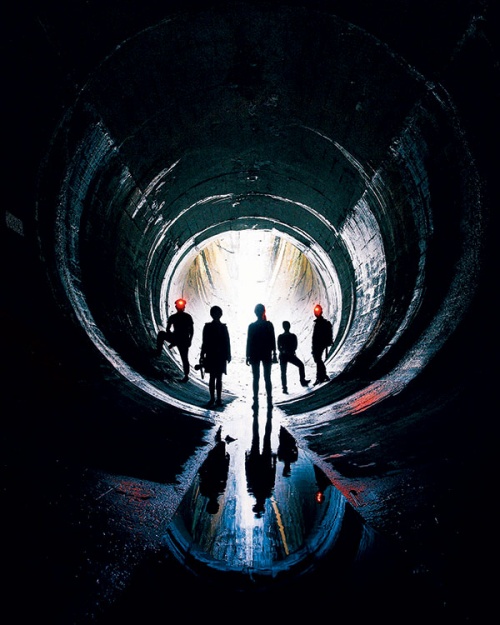
Ghost speaks of tunnels, basements and catacombs, while drains and underground railway tunnels can also be targets. Collectively they are “urban caves”. “Urbex originated in the West, in particular in caves in Australia, before becoming more popular in the United States and Europe,” he says.
Despite the endeavour to do everything by the book, the reality is urban exploring often involves breaking the law and close shaves are inevitable. It is part of the fun for some, and adds to the allure of the hunt for the perfect shot, but for the serious explorers there is a lot of work that goes on behind the scenes to avoid mishaps.
“There’s a lot of planning, there’s a lot of knowledge of what to do in certain situations,” Malikyar says. “Sometimes you just have 30 seconds to run all the way up, the alarm’s going off and you get your images and get down and get out before creating a bigger issue.”
Malikyar admits to having plenty of run-ins with officialdom, as have HK Urbex, but rarely has it escalated to a point where a little sweet-talk hasn’t smoothed out a potentially ugly brush with the law. “We did get caught at an abandoned psychiatric hospital, but managed to talk our way out of serious trouble by claiming we were just photography students,” Ghost says. “We were told to leave and conveniently escorted out. The guard recounted some stories about the hospital, which was a nice plus.”
While the Hong Kong crew are on the level, others are not, and there’s been a crackdown on adventurers climbing towers, in part for public safety concerns. That raises an inevitable question about the risks involved in posting photos and videos on social media sites.
While some of his friends have been traced through their social media accounts, Malikyar has not yet run into trouble. Not that he’d consider stopping anyway. As a life-long photographer his photos and how he gets them are what inspires him to do what he does.
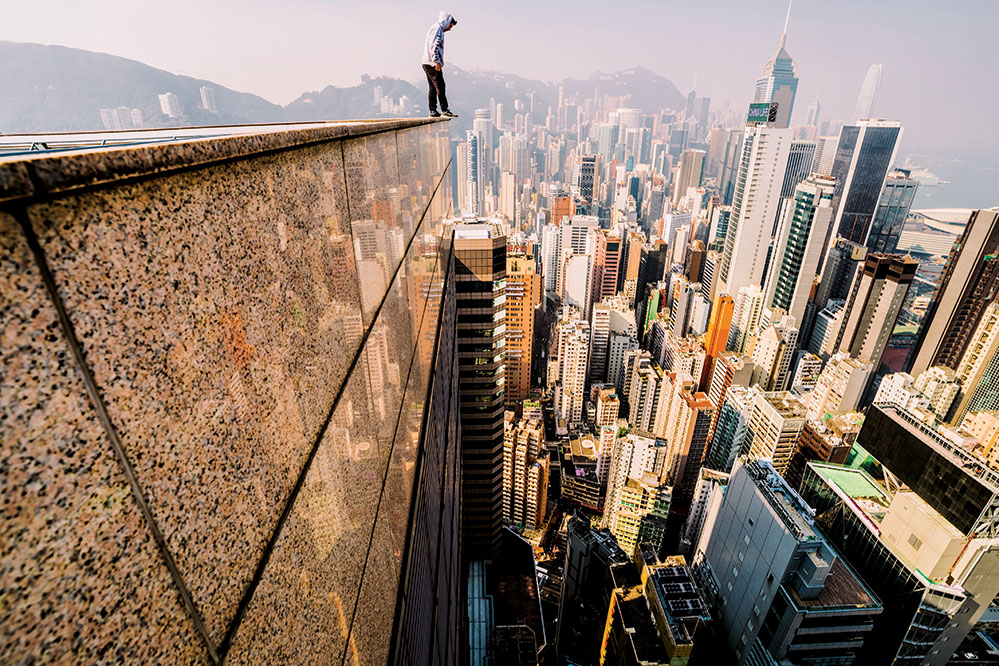
“I want my photographs to make people feel a certain way and have them remember them,” he says. “People are always wondering how you get there, how you do this, and the story behind everything is often more valuable than the photograph itself.”
For HK Urbex, it is as much about the preservation of a city that is fast changing and, to some, fast becoming unrecognisable. They see what they do as helping reclaim the city from its own self-devouring momentum and giving the wider public a view of places they wouldn’t see otherwise. It is about exploring places that may soon cease to exist and their particular brand of urbex can range from abandoned prisons and hospitals, to once-grand mansions and long-closed resorts and restaurants. They have a particular passion for exploring the abandoned buildings in densely populated places such as SoHo and Tsim Sha Tsui.
“Due to the confined urban density in Hong Kong and the zealous propensity to knock down old buildings on a whim, regardless of architectural merit, and develop new structures, in our almost three years of operation we have discovered many irreplaceable structures which have then been destroyed or are in the process of being obliterated,” says Echo Delta.
“Sometimes we are the last people to step inside these places. The government has a not-so-friendly policy towards heritage preservation. So we play a part in this important greater initiative of heritage preservation. Our role is to document and highlight these spaces which are important to the city.”
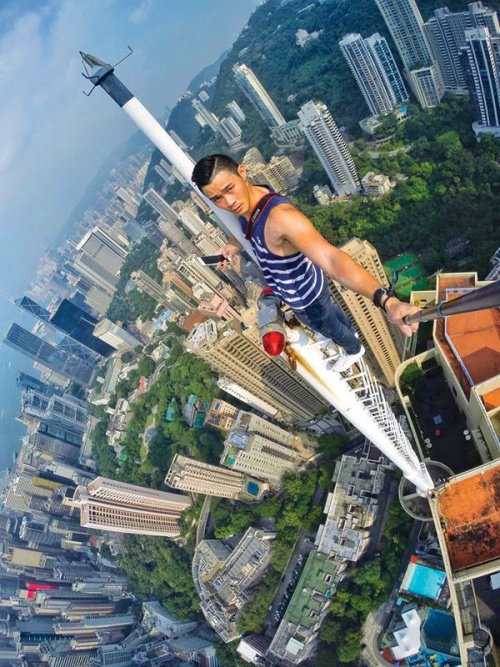
The canvas for the homage always plays out online. Social media provides the urbex community with a platform to share their experiences, with Instagram most prevalent. But media democratisation has created room for day-trippers and vandals to invade the urbex scene, and one gets the feeling the Hong Kong team are none too fond of the way that roof-topping has gone, with people now more interested in going viral than taking in the experience. Ghost calls it the pursuit of the narcissistic and self-absorbed.
Ghost says his crew of adrenalin junkies is bound by the emotion in what they do. “Exploring these sites can often be surreal. You need to kick yourself to make sure you’re not dreaming,” Ghost says. “Exploring requires the use of all of one’s senses and often results in a delicious sensory overload which is addictive, rewarding and life-enhancing.”
The wow-factor involved in urban exploring and the adrenaline keeps each explorer coming back for more, but they’re conscious of the powerful images they create. Echo Delta says many explorers will go to any length as long as it’s “not too life-threatening”.
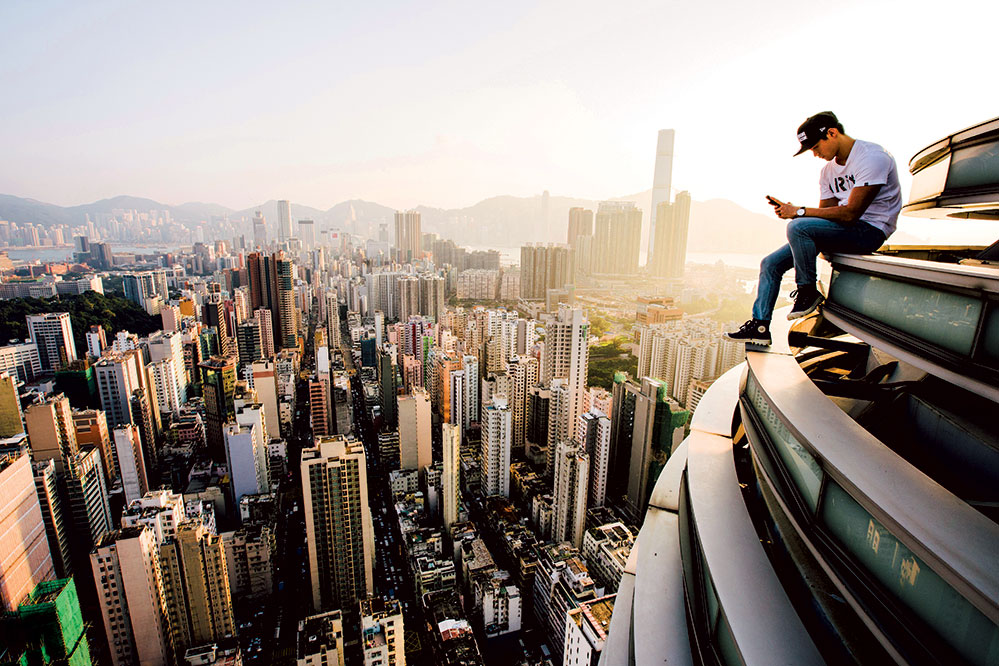
“We believe that photography is not a crime and in Hong Kong, where it is said the average person has only a personal spatial bubble the size of a coffin, we feel that keeping perfectly usable spaces locked up and mothballed is an infringement of public rights and liberty,” says Echo Delta.
After he had infiltrated every corner of Los Angeles and stretched his photography to the limits in helicopters above the skyline, Hong Kong was top of Malikyar’s list of places to visit. The density of Central, The Peak, Victoria Harbour and the unknowns of Kowloon all make Hong Kong an urban explorers’ dream destination.
“There was everything I could have wanted in Hong Kong, both on the roofs and off,” he says. “It’s just an incredible, incredible place with so many photographic opportunities. I’d definitely say it’s by far my favourite destination I have travelled to.” It’s not just the diversity of experiences on offer here that keeps Malikyar and many others coming back, but the network of urban explorers that offer such a warm welcome.
“My best experience in Hong Kong by far was the community of like-minded individuals and photographers that I was able to meet through Instagram and travel with, see places with,” he says. “It’s just an incredible culture.”
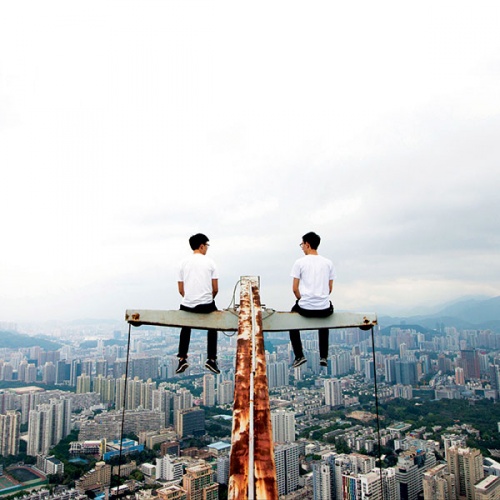
(Photo Credit: Daniel Lau, Elaine Li and Daniel Malikyar)



